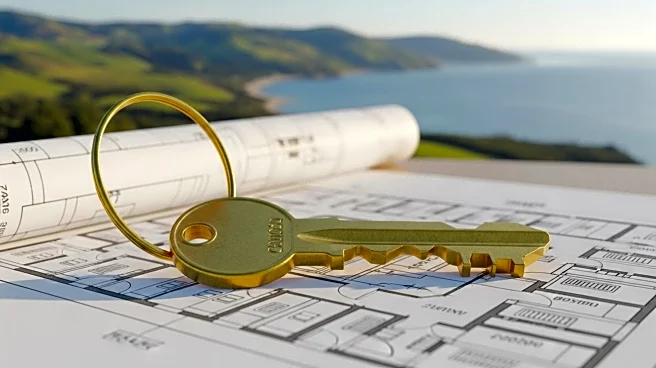What's Happening?
The Iowa Economic Development Authority (IEDA) has announced the allocation of $35.9 million in Workforce Housing Tax Credits to support 63 projects across 36 counties in Iowa. This initiative aims to redevelop abandoned, vacant, or deteriorated properties, thereby enhancing housing availability. Several projects in the Corridor area have been selected for these tax credits. Notable recipients include Dan Sherman Enterprises for the Alburnett Family Housing Project, Forge, Inc. for Kouba Development in Anamosa, and Parkside Apartments, LLC for Parkside Hills Reimagined Phase I in West Branch. The projects are expected to create nearly 2,000 new residential units statewide, with a significant portion in both large communities and smaller towns. The IEDA received 137 applications requesting approximately $83 million in tax credits, but only $35 million was available for fiscal 2026, with half reserved for Iowa's least-populated counties.
Why It's Important?
The allocation of these tax credits is crucial for addressing the housing needs in Iowa, particularly in areas experiencing workforce shortages. By facilitating the development of nearly 2,000 residential units, the initiative aims to provide affordable housing options, which can help attract and retain a stable workforce. This is particularly important for businesses that rely on local employees, as stable housing can lead to reduced employee turnover and increased economic stability. The program also supports community development by revitalizing underutilized properties, which can lead to increased property values and improved local infrastructure.
What's Next?
As these projects move forward, the focus will be on ensuring that they meet the readiness, financing, and community impact criteria set by the IEDA. Developers will need to demonstrate their ability to complete these projects efficiently and effectively. The success of these projects could lead to further investment in similar initiatives, potentially expanding the program to include more counties and projects in the future. Additionally, the impact on local economies and communities will be closely monitored to assess the long-term benefits of the tax credit allocations.











